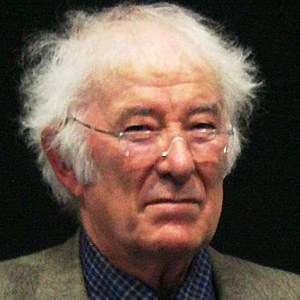Seamus Heaney (1939-2013) was a giant of Northern Irish poetry. He translated Beowulf into lively, modern language. Heaney was an immensely popular ambassador of poetry. Today, I read ‘Strange fruit’ – what a muscular and earthly use of language:
Strange Fruit
Here is the girl’s head like an exhumed gourd.
Oval-faced, prune-skinned, prune-stones for teeth.They unswaddled the wet fern of her hair
And made an exhibition of its coil,
Let the air at her leathery beauty.
Pash of tallow, perishable treasure:
Her broken nose is dark as a turf clod,
Her eyeholes blank as pools in the old workings.
Diodorus Siculus confessed
His gradual ease with the likes of this:
Murdered, forgotten, nameless, terrible
Beheaded girl, outstaring axe
And beatification, outstaring
What had begun to feel like reverence.
Was there a real girl’s head or was Mr. Heaney gardening, digging up gourds and playing with them pushing prune-stones in the flesh for teeth? Who is ‘they’? Curators of some sort of museum? ‘Pash’ is making out, French kissing in Australia, according to my dictionary. I believe the Northern Irishman invents the word here, to mean a dash of tallow. A turf clod sounds very earthly too.
What is the greek historian Diodorus Siculus doing here? Perhaps he had seen too much, which led to his gradual ease with the likes of this (a beautiful phrase). And then: outstaring! How can a human face that is disfigured to the point of becoming a gourd outsatre beatification and reverence? And what does this outstaring mean? Preserving some sense of mystery, some sense that she can’t be fully grasped or ‘captured’ in the historical lines of a Diodorus, that there is always some appellation of the human face (Levinas) that surpasses historification?

One thought on “Reading: Strange Fruit by Seamus Heaney”
Comments are closed.